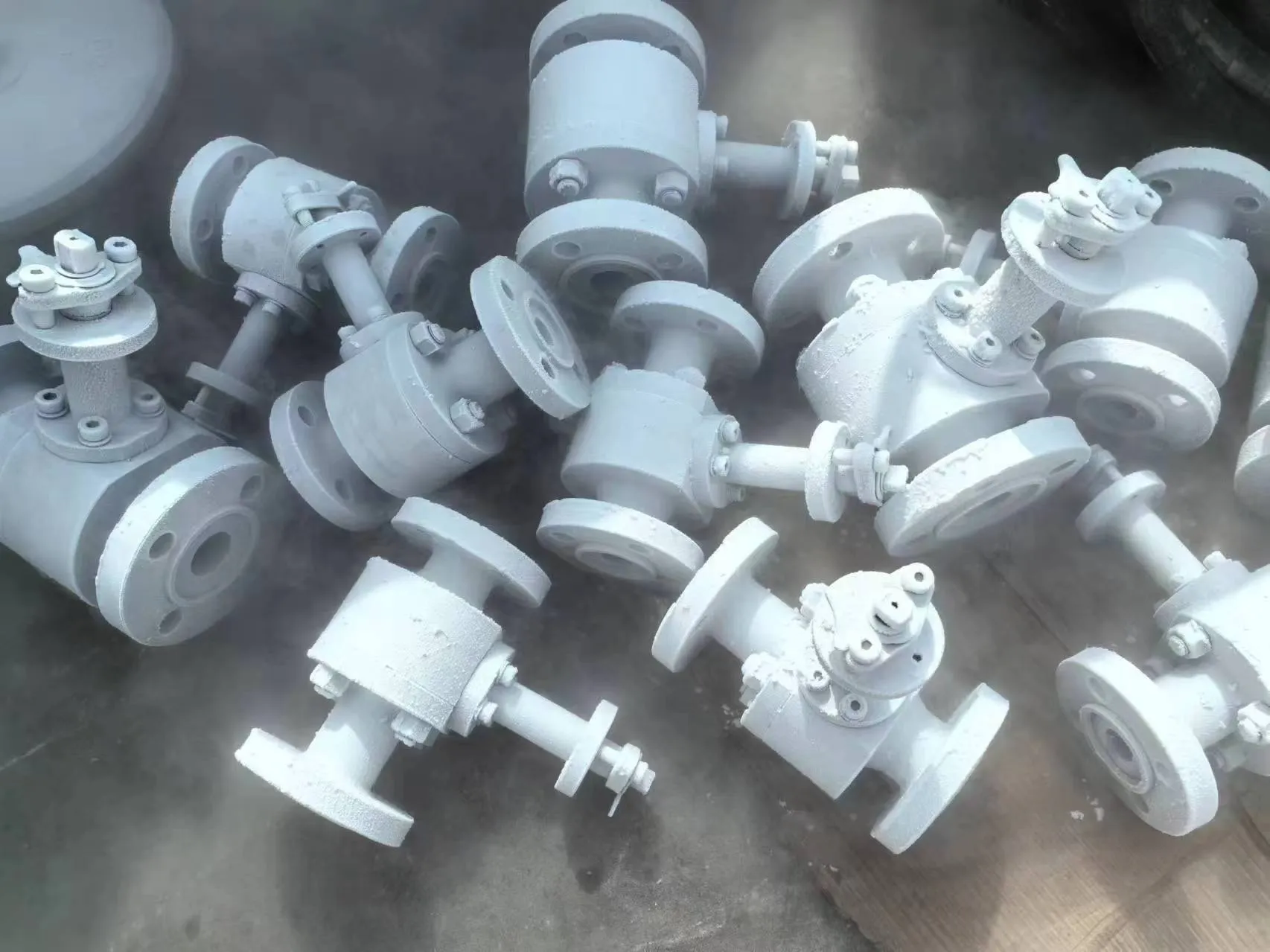Understanding the Uses and Benefits of Iron Pipe Fittings in Plumbing Systems
Understanding Iron Pipe Fittings A Comprehensive Guide
Iron pipe fittings are essential components in various plumbing and piping systems, playing a crucial role in connecting segments of pipe and directing the flow of liquids or gases. They are primarily made from cast iron or malleable iron, offering unparalleled durability and strength, making them suitable for both residential and industrial applications.
Types of Iron Pipe Fittings
Iron pipe fittings come in various shapes and sizes, tailored to accommodate different piping needs. Some common types include
1. Elbows These fittings are used to change the direction of the pipe, typically at angles of 45 or 90 degrees. Elbows are vital for navigating around obstacles or for directing flow in a desired direction.
2. Tees A tee fitting allows for branching a pipeline. This fitting has one inlet and two outlets, enabling the split of flow into two different directions. It's commonly used in water distribution systems and drainage applications.
3. Reducers Reducers are employed to connect pipes of varying diameters. These fittings help maintain pressure levels and control flow rates when transitioning between different sizes.
4. Caps and Plugs Caps are used to seal the end of a pipe, while plugs can be inserted into the fitting to block the flow. These fittings are essential for both maintenance and system modifications.
5. Couplings Couplings join two pieces of pipe together, creating a seamless connection. They can be used for straight connections or for repairing broken or damaged pipes.
Advantages of Iron Pipe Fittings
Iron pipe fittings offer numerous advantages, making them a preferred choice in many projects
iron pipe fittings

- Durability Iron fittings have a long lifespan and can withstand extreme temperatures and pressures. They are resistant to corrosion, particularly when coated, which makes them suitable for outdoor use and in harsh environments.
- High Strength The robust nature of iron allows fittings to handle heavy loads and resist mechanical wear, reducing the likelihood of failure over time
.- Versatility Iron fittings are compatible with various pipe systems, including those used for water, oil, and gas distribution. Their ability to adapt to different environments makes them suitable for a wide range of applications.
- Fire Resistance Unlike plastic fittings, iron fittings are non-combustible and can survive high heat without melting, making them a safer choice in fire-sensitive areas.
Considerations When Using Iron Pipe Fittings
While iron pipe fittings have many benefits, there are several considerations to keep in mind
- Weight Iron fittings can be heavy, which may complicate installation. Proper support systems are necessary to prevent sagging and maintain alignment.
- Corrosion Although iron is durable, it can rust if not adequately protected. It is essential to use appropriate coatings or galvanization to prevent corrosion in damp environments.
- Cost Iron fittings tend to be more expensive than their plastic counterparts. However, their longevity and durability often justify the higher initial investment.
Conclusion
Iron pipe fittings are integral to designing efficient and reliable plumbing and piping systems. Understanding their types and advantages can help professionals and DIY enthusiasts make informed decisions regarding their projects. As with any material choice, weighing the benefits against potential drawbacks will ensure the best outcomes for your specific needs. Whether you’re involved in new construction, repairs, or upgrades, investing in quality iron pipe fittings will lead to long-term satisfaction and performance.
-
The Key to Fluid Control: Exploring the Advantages of Ball Valves in Industrial SystemsNewsJul.09,2025
-
The Versatile World of 1, 2, and 3 Piece Ball ValvesNewsJul.09,2025
-
Stainless Steel Ball Valves: The Ideal Choice for Efficient Flow ControlNewsJul.09,2025
-
Optimizing Fluid Control with Ball Float ValvesNewsJul.09,2025
-
Manual Gate Valves: Essential for Control and EfficiencyNewsJul.09,2025
-
Everything You Need to Know About Butterfly ValvesNewsJul.09,2025
-
The Versatility of Wafer Type Butterfly ValvesNewsJul.08,2025




